Editor's note: If the 20th century was associated with skyscrapers, the 21st century is moving towards a layered city, where the ground and the deep layers coexist in harmony. According to Global Infrastructure Hub 2025, this model helps solve urbanization challenges such as overpopulation and environmental pollution, saving up to 30% of land use area.
Pioneering thinking
After decades of land reclamation, Singapore realized that expanding the surface was no longer sustainable in the face of climate change and rising sea levels, so they chose to “go down”. The island nation has moved many of its infrastructure underground, including railways, shopping malls, walkways, a five-lane highway and even fuel and ammunition storage.
Channel New Asia quoted the Urban Redevelopment Authority (URA) as saying that the country currently has about 300km of tunnels, and will add 60km in the next decade. This could help the small island nation save about 12% of its land area in the next two decades.
When completed in 2032, King Albert Park MRT Station 2 will be the deepest station at 50m underground – equivalent to the height of a 16-storey building. The second deepest station is Pasir Ris Station, which will be 47m underground, also scheduled to open in 2032 on the Cross Island Line.
Beijing, Shanghai and Shenzhen in China have also been simultaneously building deep-level megacities to serve technical infrastructure and transportation. Beijing alone has more than 1,000km of underground works and about 30 million square meters of usable underground space. The Nanjing Underground Space Project, which is about to be completed in 2025, is known as China's underground project of the century and will become the largest underground space in the world . This underground urban area was started in 2017, nearly 52m deep underground, equivalent to a normal 17-storey building.
According to Nikkei Asia, Japan plans to invest more than 15 billion USD in the next decade to build a deep system under the capital Tokyo with functions such as flood control, transportation, energy storage and reducing the load on the ground. Tokyo has the world's largest underground flood control tunnel system called the Outer Urban Area Underground Discharge Channel (G-cans), with shopping centers and subway stations located deep underground such as Tokyo Station and Shinjuku Station.
South Korea is developing the Seoul Underground City project, expected to be completed in 2035, providing more than 4 million square meters of underground living and commercial space. Although Thailand does not yet have a full underground city, the city is implementing many notable underground projects, which can be considered as a premise for the underground urban area in the future. Notably, the mixed-use development in Chinatown - Woeng Nakornkasem Yaowarat, expected to be completed in 2029, will have 2 underground commercial floors, along with many underground parking floors.
Helsinki model
Meanwhile, Europe is witnessing a quantum leap with France’s Grand Paris Express project, an automated metro network worth more than $35 billion, considered the underground heart of 21st-century Paris.
The Finnish capital Helsinki is considered the most successful model of comprehensive underground space planning - considering the depth as an official part of the city. The city's largest underground ecosystem in the world is more than 400km long, including sports centers, rock churches, storage facilities, parking lots and even power plants. Among them, the Temppeliaukio Church was built directly into a granite block and has become a famous tourist destination.
In Helsinki, people can exercise, shop, and even pray in underground structures without feeling stuffy. According to experts, the use of underground space has helped Helsinki balance development and landscape preservation, while increasing economic and technical efficiency. Stable underground temperatures help reduce data center cooling costs by 40%, helping Helsinki save millions of euros each year by integrating technical infrastructure underground, reducing operating and maintenance costs above ground.

In Montreal, Canada, there is a RESO, or underground city, stretching over 30km, connecting 60 high-rise buildings, shopping malls, hotels, universities and train stations. Every day, about half a million people travel underground to avoid the harsh winter cold. Looking to the Middle East, Saudi Arabia's NEOM project is also testing the model of The Line - where all traffic and utilities are arranged underground so that the surface is completely green.
Source: https://www.sggp.org.vn/tang-sau-tang-phat-trien-ben-vung-moi-bai-1-do-thi-mo-rong-xuong-long-dat-post821561.html





![[Photo] Opening of the 14th Conference of the 13th Party Central Committee](https://vphoto.vietnam.vn/thumb/1200x675/vietnam/resource/IMAGE/2025/11/05/1762310995216_a5-bnd-5742-5255-jpg.webp)





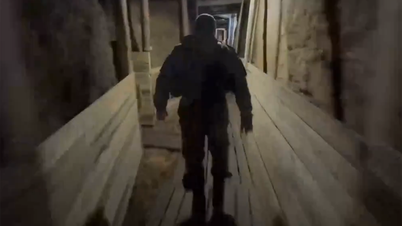

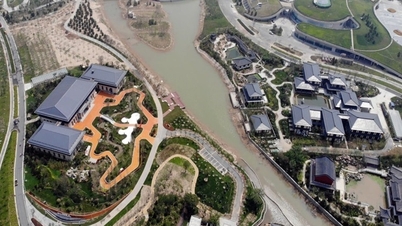
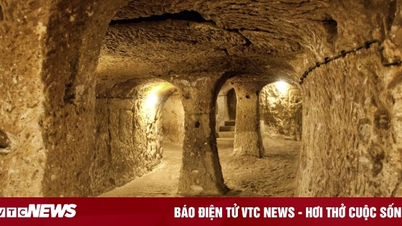

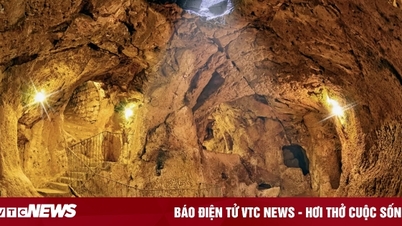








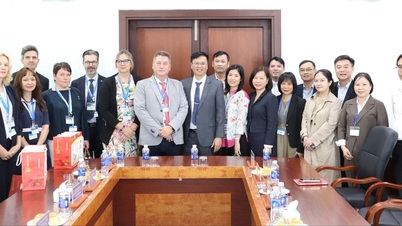





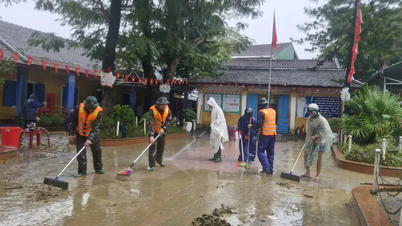






![[Photo] Panorama of the Patriotic Emulation Congress of Nhan Dan Newspaper for the period 2025-2030](https://vphoto.vietnam.vn/thumb/1200x675/vietnam/resource/IMAGE/2025/11/04/1762252775462_ndo_br_dhthiduayeuncbaond-6125-jpg.webp)






















































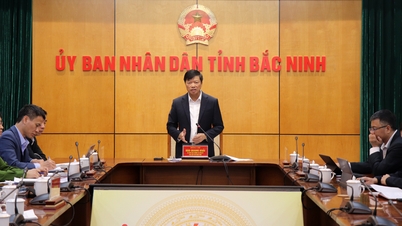





















Comment (0)